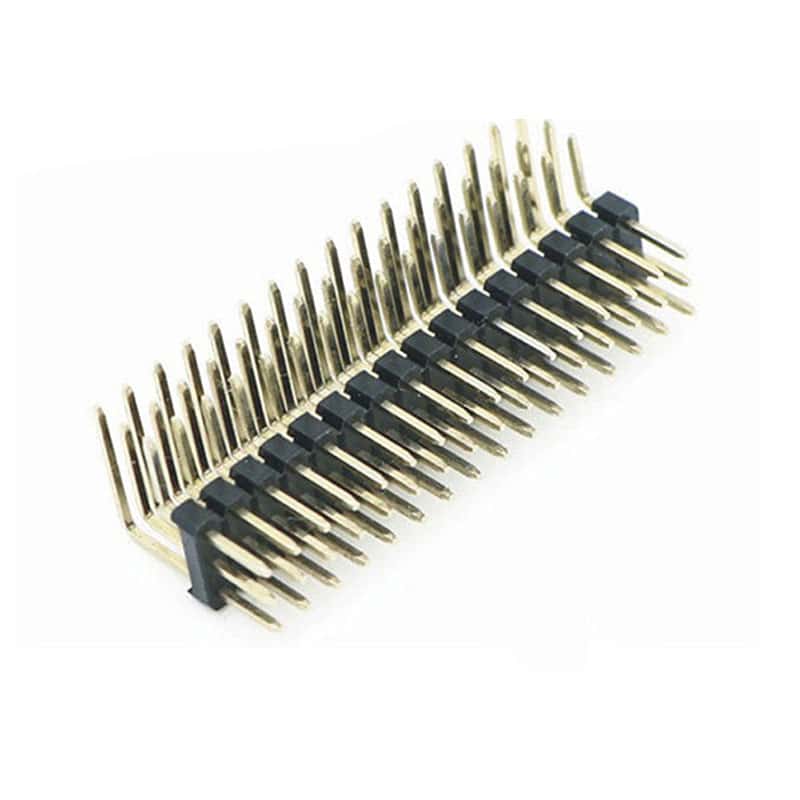Des: 2.0MM pin header three-row right angle
Part No:
Specification:
Pitch: 2.0mm
Current rating: 1.5A
Contact Material: Brass
Insulator Material: PA6T,UL 94V-0 Black
Packaging: Bag/tray

Des: 2.0MM pin header three-row right angle
Part No:
Specification:
Pitch: 2.0mm
Current rating: 1.5A
Contact Material: Brass
Insulator Material: PA6T,UL 94V-0 Black
Packaging: Bag/tray
In the electronics manufacturing industry, connectors are indispensable key components responsible for linking circuits and ensuring stable transmission of current or signals. FFC connectors (Flexible Flat Cable Connectors) and FPC connectors (Flexible Printed Circuit Connectors) are two common types of connectors, each with unique characteristics and application fields. Brief Introduction of FFC Connector and FPC Connector FFC connectors are commonly used to connect ribbon-like flat flexible cables (FFC) to PCB circuits in wire-to-board applications, and they can also be employed in wire-to-wire configurations. These connectors feature high density and an
HDMI Connector have 5 types of connectors such as Type A, B, C, D, and E for different applications. HDMI ports come in different sizes, which include micro-HDMI and mini-HDMI. HDMI ( High-Definition Multimedia Interface ) is a type of connector or cable capable of transmitting high-quality and higher bandwidth audio and video streams from a source. HD signal is the type most frequently used to transfer audio and video content from one device to another. When it comes to digital audio-video interface, it is never too hard for us to think of HDMI, a household port on every display device. To put
USB-C Connector is gradually replacing USB-A, and product selection needs to pay attention to these In the past decade, many connectors in the field of consumer electronics have been replaced by USB-C Connectors in the integration. But how difficult is it for USB-C Female Connector to be “universal” for terminals? The 3.5mm audio interface gradually disappeared from mobile phones, and the Lightning interface on the iPhone and the Micro-USB interface on domestic mobile phones were gradually replaced by USB-C. For terminals, can USB-C connectors really meet the requirements of “universal
Are you looking for a reliable electronic connector manufacturer to support your business with high-quality products at competitive pricing?